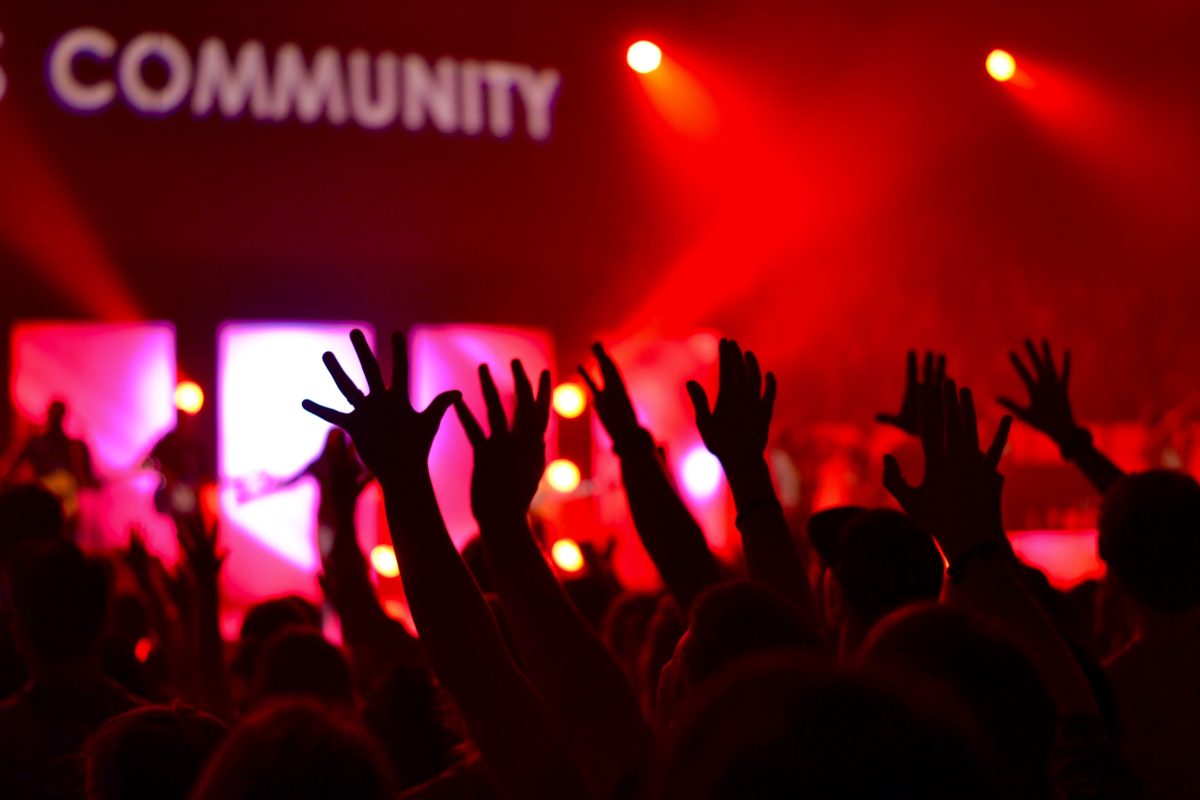One of the oldest known business models is rising again in the digital age. It’s the business model of a community. Back before there were cities people were living in communities and everyone was contributing to each others growth. Even though this can not really be called a business model, it is quite similar to what resurfaces on the internet again.
Communities became more specific and niche
A community can be defined as a “social, religious, occupational, or other group sharing common characteristics or interests and perceived or perceiving itself as distinct in some respect from the large society within which it exists.”
In today’s online world communities have much more specific purposes or characteristics than looking back to a thousand years ago. There has been a proliferation of communities from communities that had survival as a purpose to communities that are very niche in their outlook. As much as with anything on the internet there has been a proliferation and specialisation.
Communities from A to Z
There are countless types of communities on the Internet and they exist on different platforms. Typically you would of course think of social networks such as Twitter, Facebook or Snapchat as a place for communities to be build. However actually an astonishing number of web companies or applications are build on communities.
Uber is not much of a taxi booking service, but it rather also is a community. It’s a community of people who drive people from A to B. And a community of people who are in need of transport solutions. Uber connects these two communities and creates value this way.
Similarly AirBnB is a community that creates most of its value through having a large number of members in their community. AirBnBs contribution to the community is to run the platform the community is build on: They attract more members, create rules and help out in case there are conflicts.
So, Uber is a community for people looking to share a ride and AirBnB is a community of people who would like to share places to stay. Still if you look on any social media platform communities can get much more niche. An quite random example for this is Nerdfitness.com, a community for nerds and the average Joe aiming to become more fit and healthy.
From community to business model
Still a community doesn’t yet make a business model. However if you have a community of people you can make a business out of it by adding value. This value can be of any form.
You could sell products to your community that help members achieve their goals or solve problems.
You could charge a membership fee for members to be part of the community.
You could add value by creating rules & regulations for your community that create a safe environment for members to connect.
You could recommend products to members of your community and earn a commission.
So there are many ways to monetise a community and make a business out of it. But how many people does your community need? If you only run a business for yourself and do not have any employees it might be less than you think…
Kevin Kelly’s 1000 true fans
In a popular blog article Kevin Kelly calculated the number of people you need to make a living of your community. He argues that you only do need 1000 people, to make a living of your community. There are some caveats to his theory, however it still is an astonishing number and an interesting stream of thought to think about.
What do you think of communities as a business model and how do you make use of the power of communities in your business? Give it a thought, your competitors are doing it as well.
The importance of community also shows in the tile of the Rotterdam School of Management Leadership Summit 2016, which is “From Me to We”. Business is not about only you any more, but it is more and more about achieving things together. And you do not only need to get your own employees but also your customers on board with you to achieve your mission.

